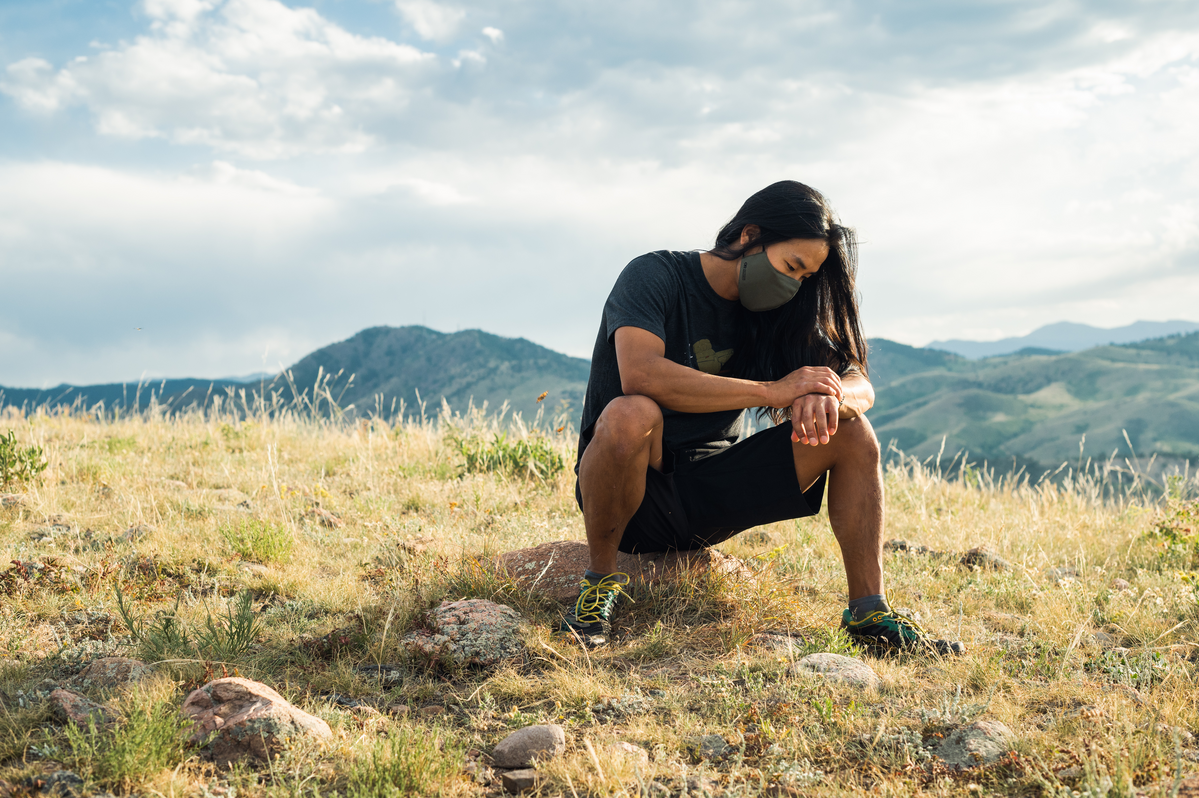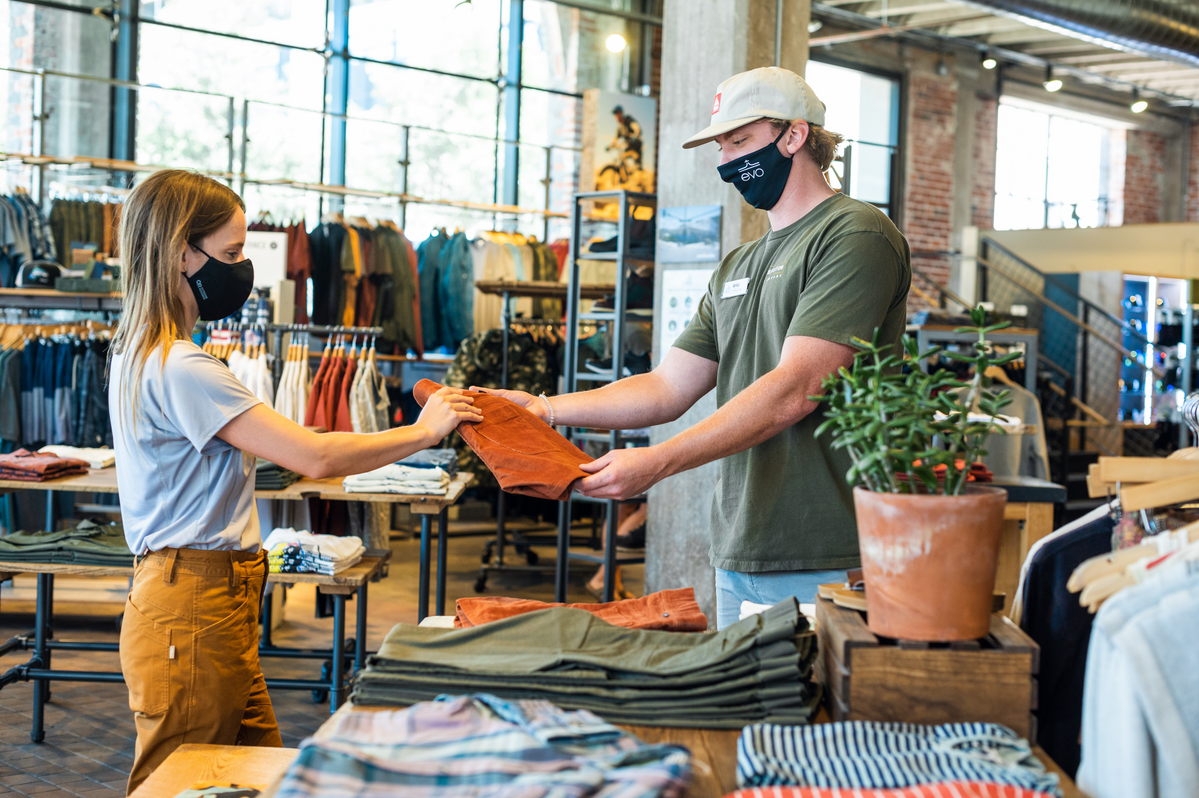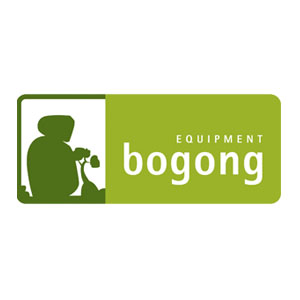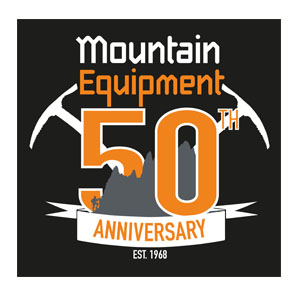HOW DOES THE OR FACE MASK COMPARE?

As it became clear that the global pandemic was not going away quickly, Outdoor Research realised their customers would need long-term solutions for personal protective equipment. People were heading to work or out for their daily errands wearing everything from bandanas to disposable surgical masks and respirators. But what kind of protection do most of us really need on a daily basis? OR researched and listened to their customers, and designed a durable, comfortable and safe solution for anyone who leaves their home.
Outdoor Research Face Mask Kits are built to save you money over time by being durable, washable and highly effective—to keep you and others protected. OR worked hard to produce the most comfortable face mask possible. Here is how their face mask stacks up against other types of protection on the market.
Outdoor Research Face Masks V. Bandanas or Simple Cloth Masks
A homemade fabric face mask or bandana may have worked as a quick fix, but OR durable face masks offer significantly more protection and are designed to last longer.
- Bandanas have been shown to be the least protective type of facial covering. They may stop aerosolized respiratory droplets to some degree, but leaks and gaps in the fit keep them from being more effective. OR face masks are designed for a customizable fit, closing the gaps left by bandanas and fitting snugly over the face and mouth.
- Better fitting homemade cloth face masks with multiple layers of quilting fabric or off-the-shelf cone-style masks offer increased protection compared to a bandana—but OR face masks go several steps further. OR added a filter inside, tested to ASTM standards, and added HEIQ V-BLOCK® NPJ03 treatment (which prevents bacteria and virus contamination) to the fabric mask itself, as well as a customizable fit that helps close any leaks or gaps.
- The durable polyester fabric our reusable face masks are made of outperforms cotton in a 10,000+ cycle abrasion test, and is faster to dry and wick moisture.
Outdoor Research Face Masks V. Basic Paper Face Masks
Disposable paper face masks offer some physical barriers, but are not rated for any sort of filtration efficiency and are not designed to protect against transmission of fluids, sprays or aerosols.
- In contrast, OR face mask filters are tested to the ASTM F2100-2019 medical face mask standard (although not intended for medical use).
- They are made in the U.S. and filter greater than 95% of virus, bacteria, and particles in accordance with ASTM test standards.
- Compared to single-use disposable masks, Outdoor Research’s durable, reusable face masks reduce waste.
- Outdoor Research face masks are washable and treated with HEIQ V-BLOCK® NPJ03, offering increased safety by reducing the chance of bacteria or viral contamination, in comparison to reusing a disposable paper mask.

Outdoor Research Face Masks V. Disposable ASTM-Rated Surgical or Procedural Masks
Disposable, single-use face masks rated ASTM Level 1, 2 and 3 are designed for medical use. ASTM Level 1 is the most common type of medical face mask, and offers 95% filtration at the .1 micron level. Masks rated ASTM Level 2 or 3 are also single-use medical masks, but are rated for “procedure” or “surgical” and have filtration efficiencies of 98% at the .1 micron level. According to the Centres for Disease Control, these types of surgical masks are in short supply and should be reserved for healthcare workers and other medical first responders.
- From a filtration point of view, Outdoor Research mask filters are similar to ASTM Level 1 masks. However, they are not intended for medical use, so they are not manufactured to pass the “fluid resistance test” involving a synthetic blood sprayed at the pressure of blood vessels, which is higher than the pressure of a sneeze or cough.
- Outdoor Research face masks are designed to be reusable, with filter inserts being changed around every 5 to 7 days depending on the amount of use and facial hair, make-up, sweat, humidity, etc. Our moisture-wicking face masks dry quickly and are perfect for indoor and outdoor use.
Outdoor Research Face Masks V. N95 Respirators
The highest level of filtration efficiency is found in NIOSH-approved particulate respirators, N95 being a common type. Respirators function differently from face masks, and this type of PPE is currently in short supply and should be reserved for healthcare workers and other medical first responders, according to the CDC.
- Outdoor Research masks filter greater than 95% of virus, bacteria, and particles in accordance with ASTM test standards, but this does not equate to an N95 rating as this product is not a respirator nor has it been tested to that particle standard.
- Unlike disposable respirators, Outdoor Research’s breathable face masks are reusable and also microbe and germ resistant.

What Sets Outdoor Research Face Masks Apart
OR’s designers applied the same attention to function and comfort while designing these face masks as they do designing the meticulously crafted ski gloves and perfected rain jackets we’re famous for. Here’s what makes the Outdoor Research face masks unique.
About the Face Mask
- Fully customizable fit. Adjustable ear loops and nose wire for a comfortable fit and tight seal. and snug fit.
- Microbe and Germ Resistant. Water & stain repellent, the mask can be laundered up to 30 times while maintaining 100% of the HEIQ V-BLOCK® NPJ03 performance. After 30 washes, the HEIQ V-BLOCK® will slowly diminish.
- Built to last. Durable polyester fabric outperforms cotton in a 10,000+ cycle abrasion test, and is faster to dry and wick moisture.
About the Filter
- Filters greater than 95% of virus, bacteria, and particles in accordance with ASTM test standards.
- Reduces the risk of contaminant transmission .
- Made in the USA.
- Breathable & Non-Irritating.
SHOP ONLINE AT THESE STORES








